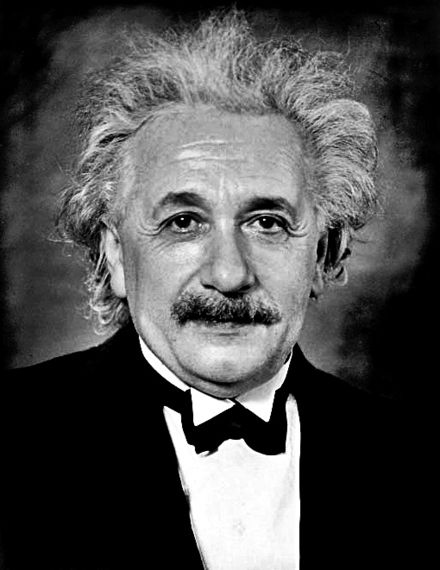Einstein’s skepticism about quantum mechanics may lead to ultra-secure Internet
March 31, 2014
Einstein’s skepticism* about quantum mechanics may lead to an ultra-secure Internet, suggests a new paper by researchers from Swinburne University of Technology and Peking University.
Associate Professor Margaret Reid from Swinburne’s Center for Quantum and Optical Science said Einstein’s reservations about quantum mechanics were highlighted in a phenomenon known as “spooky action at a distance,” which is the strange way entangled particles stay connected even when separated by large distances.
“Until now the real application of this has been for messages being shared between two people securely without interception, regardless of the spatial separation between them,” Reid said.
“In this paper, we give theoretical proof that such messages can be shared between more than two people and may provide unprecedented security for a future quantum internet.”
In the 1990s, scientists realized you can securely transmit a message through encrypting and using a shared key generated by entanglement to decode the message from the sender and receiver. Using the quantum key meant the message was completely secure from interception during transmission.
Sending entanglement to a larger number of people means the key can be distributed among all the receiving parties, so they must collaborate to decipher the message, which Reid said makes the message even more secure. “We found that a secure message can be shared by up to three to four people, opening the possibility to the theory being applicable to secure messages being sent from many to many. “The message will also remain secure if the devices receiving the message have been tampered with, because of the nature of entanglement.”
“This proof is at the fundamental theoretical level only and has not yet been experimentally observed,” Reid explained to KurzweilAI. While commercial application is some time away, it “provides the potential for a strong form of multi-party quantum cryptography, where there is security against infiltrators tampering with devices at the receiving stations.”
* Einstein, A.; Podolsky, B.; Rosen, N. (1935). “Can Quantum-Mechanical Description of Physical Reality Be Considered Complete?”. Physical Review 47 (10): 777–780. Bibcode:1935PhRv…47..777E. doi:10.1103/PhysRev.47.777.
Abstract of Physical Review Letters paper
We develop the concept of genuine N-partite Einstein-Podolsky-Rosen (EPR) steering. This nonlocality is the natural multipartite extension of the original EPR paradox. Useful properties emerge that are not guaranteed for genuine multipartite entangled states. In particular, there is a close link with the task of one-sided, device-independent quantum secret sharing. We derive inequalities to demonstrate multipartite EPR steering for Greenberger-Horne-Zeilinger and Gaussian continuous variable states in loophole-free scenarios.
